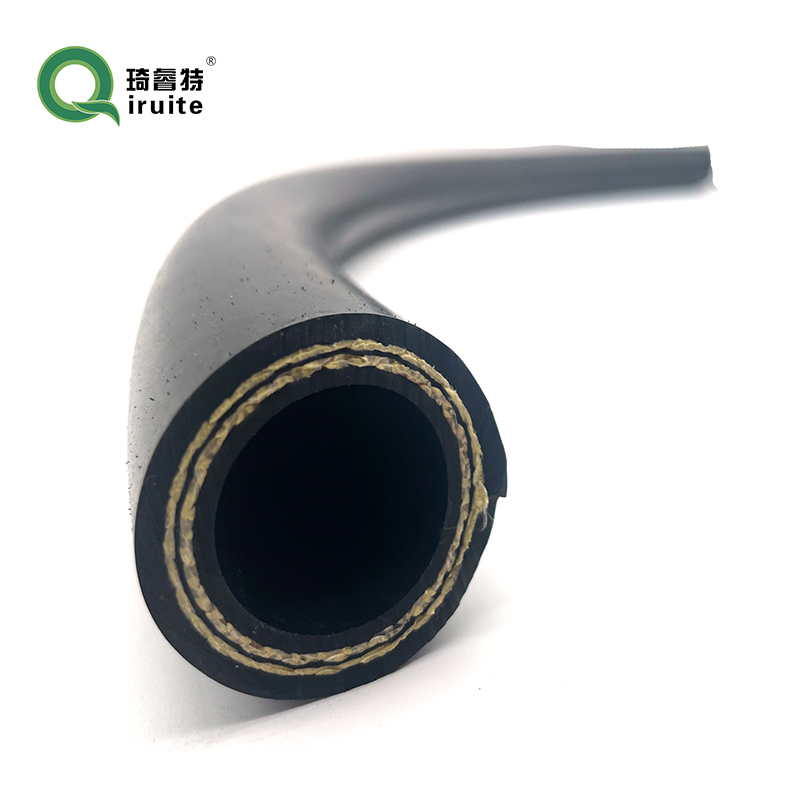Effective Solutions for Repairing Leaks in Power Steering Hoses to Restore Vehicle Functionality
Power Steering Hose Leak Repair A Comprehensive Guide
Power steering is a crucial component of modern vehicles, providing drivers with the ease of maneuvering their cars with less effort. However, like any other automotive system, it can experience issues, one of the most common being a leak in the power steering hose. A leaking hose not only hampers the vehicle's performance but can also lead to more extensive and costly damages if not addressed promptly. This article will discuss the causes, symptoms, and steps for repairing a power steering hose leak.
Understanding Power Steering Hose
The power steering system consists of various components, including the power steering pump, the steering gear, and the hoses that connect these parts. The power steering hose carries hydraulic fluid from the pump to the steering gear, allowing for smooth and responsive steering. Over time, these hoses can degrade due to factors such as heat, wear, and exposure to elements, leading to cracks and leaks.
Causes of Power Steering Hose Leaks
There are several reasons why power steering hoses can develop leaks
1. Age and Wear As the vehicle ages, rubber hoses can become brittle and develop cracks. 2. Heat Exposure Hoses can be subject to high temperatures, especially in the engine bay, causing the material to break down. 3. Corrosion Metal fittings and connectors can corrode over time, compromising the integrity of the hose connection. 4. Improper Installation Incorrectly installed hoses can lead to stress points that may eventually result in leaks. 5. Fluid Contamination Using the wrong type of fluid or contaminated fluid can degrade the hose material.
Symptoms of a Power Steering Hose Leak
Being able to recognize the symptoms of a power steering hose leak is essential for early detection and repair
- Steering Difficulty If you notice increased resistance when turning the steering wheel, it could be a sign of low fluid levels due to a leak. - Puddles of Fluid Finding a puddle of reddish or amber-colored fluid under your car can indicate a leak. - Whining Noise A whining or groaning noise when turning the steering wheel suggests low fluid levels, potentially from a hose leak. - Warning Light Some vehicles have a power steering warning light that can illuminate if there's a significant issue.
power steering hose leak repair

Repair Steps
If you suspect a power steering hose leak, follow these steps to repair it
1. Safety First Ensure the vehicle is parked on a level surface, the engine is off, and the key is removed. Place wheel chocks behind the wheels for added safety.
2. Inspect the Hose Check the power steering hose visually for cracks, frays, or signs of fluid leakage. Don’t forget to check the connections at either end.
3. Drain the System Place a container under the power steering pump to catch any leaking fluid. Use a wrench to loosen the connections and drain the system.
4. Replace the Hose If the hose is damaged, replace it with a new one. Ensure the new hose is compatible with your vehicle model. Secure the connections tightly to prevent future leaks.
5. Replenish Fluid Refill the power steering reservoir with the correct fluid as specified in your vehicle’s owner manual.
6. Test Your Repair Start the engine and turn the steering wheel from side to side to circulate the fluid. Check for any leaks during this process.
Conclusion
Repairing a power steering hose leak is a task that, with the right tools and knowledge, can be tackled by most vehicle owners. Recognizing the signs of a leak early can save you from costly repairs down the road. If the problem persists or if you are uncomfortable performing the repairs yourself, seeking professional assistance is always a wise decision. Regular maintenance of your power steering system will ensure a safer and more enjoyable driving experience.
-
Ultimate Spiral Protection for Hoses & CablesNewsJun.26,2025
-
The Ultimate Quick-Connect Solutions for Every NeedNewsJun.26,2025
-
SAE J1401 Brake Hose: Reliable Choice for Safe BrakingNewsJun.26,2025
-
Reliable J2064 A/C Hoses for Real-World Cooling NeedsNewsJun.26,2025
-
Heavy-Duty Sewer Jetting Hoses Built to LastNewsJun.26,2025
-
Fix Power Steering Tube Leaks Fast – Durable & Affordable SolutionNewsJun.26,2025

